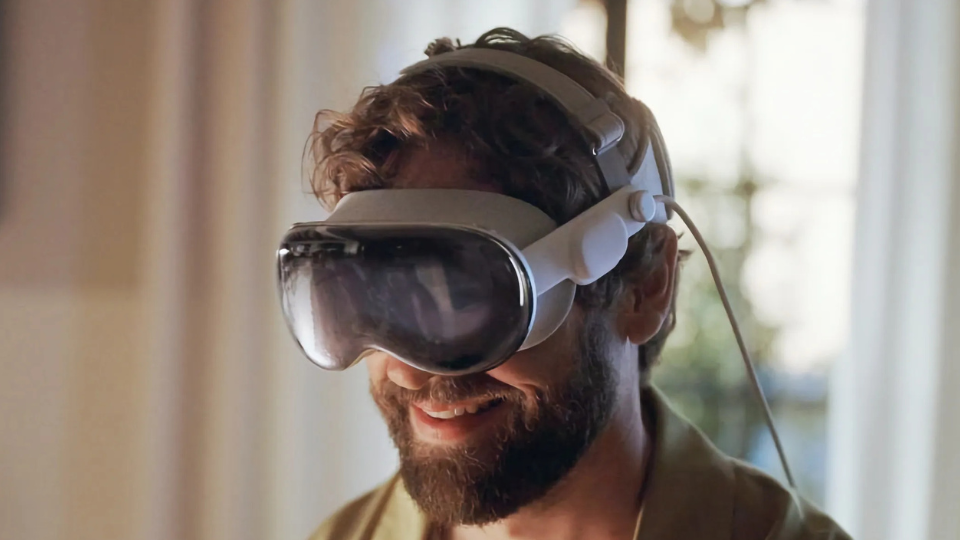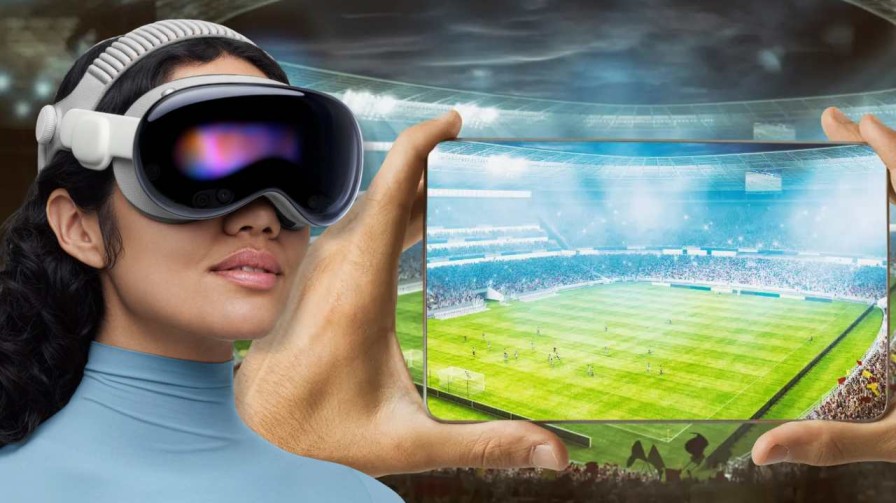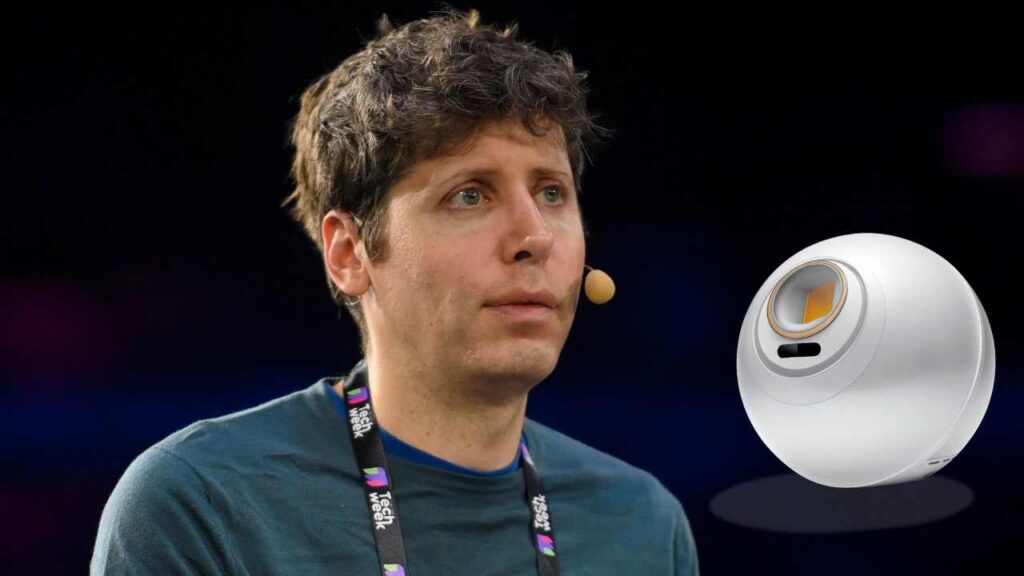A startup recently pitched a 3D live sports streaming service tailored for the Apple Vision Pro headset. Yet the founders concluded that launching such a platform involves far more complexity than technology alone. Licensing costs, high-bandwidth demands and immersive-video production hurdles all combine to make live sports on spatial devices a tough business to build. Financially the proposition looks daunting. Rights holders charge steep fees for live broadcast privileges. Immersive formats multiply production costs by requiring extra camera angles, volumetric capture rigs and more stringent latency control. The startup discovered that just clearing the rights and building the streaming pipeline pushed the venture beyond its financial capacity.
Technical obstacles also pile up. Immersive live sports streaming demands ultra-low latency to keep fans connected to unfolding action. The Vision Pro immersive video format must combine multiple video streams. 3D spatial audio and interactive elements while running on a consumer-grade headset. Any network jitter or delay threatens the experience and escalates user attrition.
Another hurdle involves audience reach and hardware adoption. Even though Vision Pro supports immersive video via the Apple TV app and native games. The installed base remains relatively small compared with traditional TVs, consoles or phones. That limits return on investment for publishers and makes it harder for startups to sell advertisers or subscribers once the experience is live.
From a market-strategy perspective the startup realised it faced a catch-22. Without large-scale adoption the cost per viewer remains high. Yet without premium content and immersive fidelity the offering struggles to distinguish itself from standard live-stream services. Essentially one must bet big and hope enough users join early an expensive and high-risk gamble.
The wider industry is also watching. Legacy broadcasters and the leagues that own rights observe immersive streaming as a potential future route, but so far they have proceeded with caution and pilot programmes. Until the economic model becomes viable, most live sports will remain within familiar formats rather than spatial experiences. In the Indian context and beyond this case shows that even cutting-edge hardware like the Vision Pro does not guarantee a streaming revolution overnight. For developers or startups tempted to build 3D live sports services, it is worth asking if the infrastructure, user base and rights ecosystem are ready yet or whether waiting for a more mature market makes more sense.











